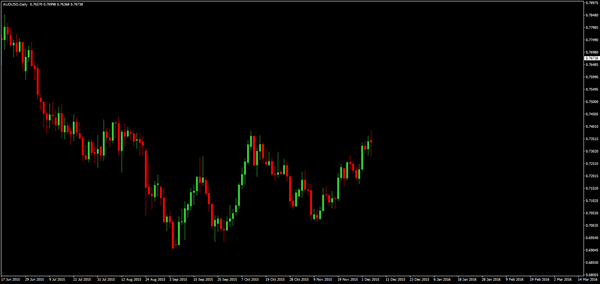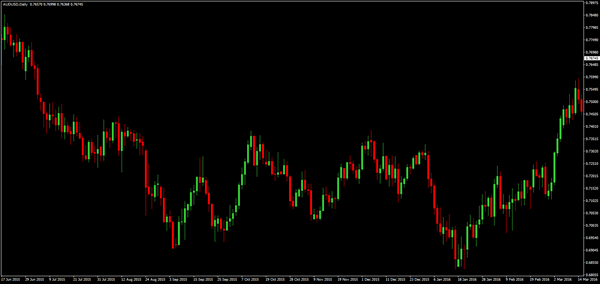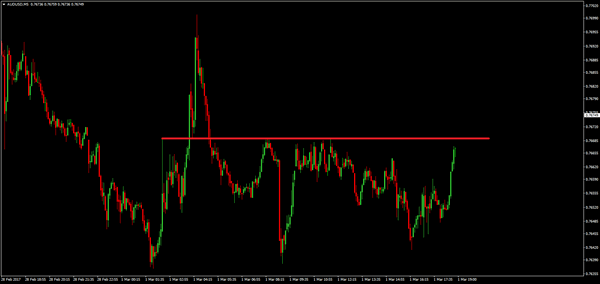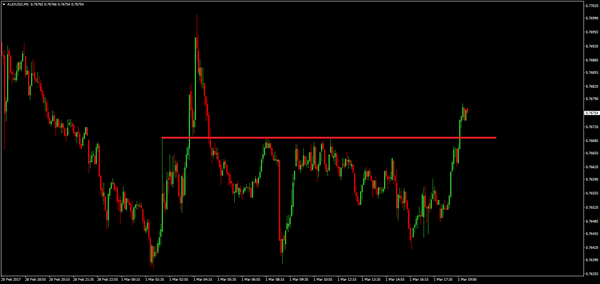What is Forex swing trading?
Swing trading simply describes a method of approaching the market where the trader is seeking to capture percentage moves in a currency pair, referred to as "swings". Trades taken in this manner are usually at a reduced position size to account for the large trade parameters and can last anywhere from a day to several weeks and are typically entered on the daily time frame and above though some traders so use the 4hr charts also.
This method of trading is distinctly different from other, more short-term approaches such as scalping where the trader looks to capture profits as quickly as possible and is usually only in the market for a few seconds to a few minutes looking to capture a very small amount of pips using a large position size to make the trade effective.
Why would traders choose this style of trading over other shorter term, more active types of trading?
One of the main benefits is the relatively small amount of time that swing trading requires compared to trading styles such as scalping. Typically swing traders will review the markets each night and track the daily closes placing trades each night when the daily candle closes. This is distinct from all forms of intraday trading where traders will be tracking price movements on charts as low as the 5 and 1 minute charts, but even on higher timeframes such as the 1 hour and 4 hour.
Using a swing trading approach on the daily timeframes gives traders much more time to plan their trades as moves take far longer to play out, and traders have more time to mark out their levels of engagement than if they were trading on the lower timeframes where intraday volatility, news releases can mean that trading is often fast and furious and traders have much less time to plan and execute their trades.


So, for example, a swing trader might look at a chart like this and think ok, the price has traded up to reach a prior high and we’ve put in a bearish candle. I think this is going to be a double top so I will set a short on the break of this bearish candle and I will hold the trade down to this swing low. So the trader will look to take the market from swing to swing – selling from the high, and holding it down to this low.
Once the trade is placed, the trade can simply check their chart each day to see how the market is moving or simply wait until either their stop or their target is hit.
So, in this instance, the trader is looking to capture a roughly 500 pip move. Whereas in a scenario like this for example. So here on the 5 minute chart the trader can identify a clear resistance level at this point and sees that the market is moving quite strongly up to it, so they might look to place a breakout trade targeting just a quick burst beyond that level, looking to bank 5 – 10 pips as price explodes out past the level.


So as you can see, these two approaches to the market are completely different and have totally separate objectives and motivations.
Now of course, for the majority of retail traders who work and have families, a swing trading approach fits perfectly into their schedules meaning that they don’t have to be sat in front of their screens all day and can simply check the charts when they wake in the morning and or when they get home from work in the evening. For many traders, it can be hard to fathom that this type of trading, and spending so little time infront of the charts can actually generate success because their idea of a successful trader is a trader working in a bank sat in front of their screens all day frantically placing trades.
The thing that is important to remember here is that the trader in this image, the bank trader is trading flow which means they are simply executing client orders. So, a hedge fund or another bank will call them up to place an order, and they have to execute the trade, filling as much of the order as possible at the best price possible.
These traders are not placing trades based on their analysis of where the market is going, and these traders, called proprietary traders are an extreme minority in banking now following and overhaul of regulations, many of these traders have now left and set up their own funds. So, when asked the question, can a regular person, who goes to work and has a family, actually succeed in the markets just by checking their charts for maybe an hour a day – the answer is categorically yes.











